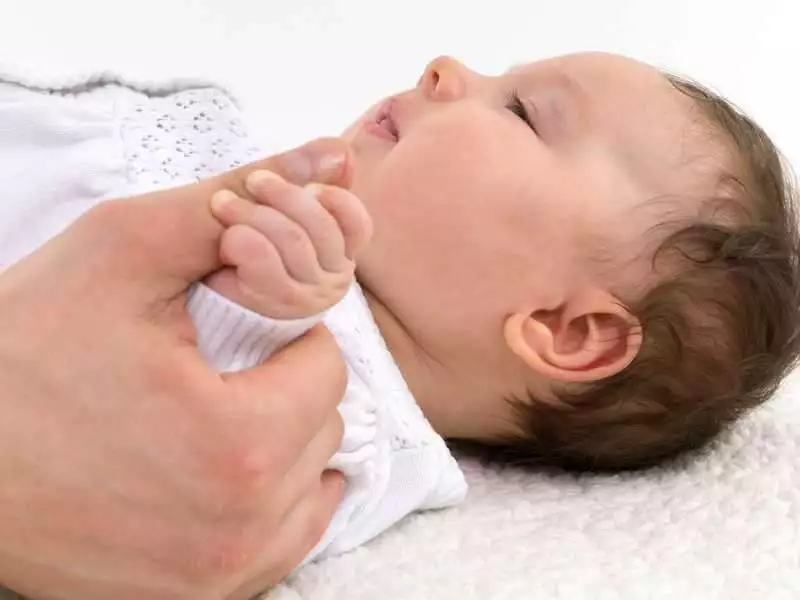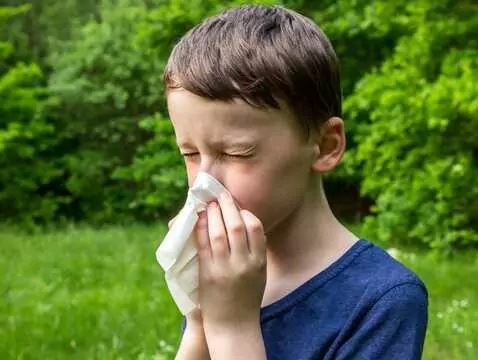Neuroinfections are the common name for infectious diseases of the nervous system, of which meningitis and encephalitis are the most common in children. Due to the difficulty of contact, especially with young children, the initial symptoms of neuroinfections can easily be mistaken for other trivial infections. Paediatricians must always be very diagnostically vigilant, as delaying the inclusion of treatment can have serious consequences. Fortunately, the production of vaccines and their introduction into the vaccination calendar helps to minimise the risk of children becoming ill.
Causes of neuroinfection in children
Neuroinfections are caused by various microorganisms. Viruses are most often responsible for meningitis, and among these, mainly those of the enterovirus genus. Bacterial meningitis comes second in terms of frequency. Here, depending on age, different bacteria can be the cause. Thus, in newborn babies, infections caused by Streptococcus agalactiae, Escherichia coli or Listeria monocytogenes predominate. In older children, on the other hand, infections with Neisseria meningitidis (i.e. meningococci), Streptococcus pneumoniae (i.e. pneumococci) and Haemophilus influenzae predominate. Fungal meningitis also occurs in children with immunodeficiencies and severe comorbidities.
The cause of encephalitis also most often turns out to be viruses, and these include those of the Herpes group (herpes, cytomegalovirus, chickenpox or herpes zoster), measles, rubella, mumps, influenza and paraplegia viruses.
How does a neuroinfection develop?
Meningitis is an inflammatory condition that involves the arachnoid meninges, the cerebrospinal fluid in the subarachnoid space and the soft meninges, which are directly adjacent to the brain or spinal cord. Most often, the pathogen's entry into the nervous system occurs via the bloodstream. This means that the micro-organism enters the body via, for example, the droplet route, enters the blood and, via the vessels supplying blood to the nervous system, reaches the meninges, causing their inflammation. Direct infection can occur through contact between the cerebrospinal fluid and the external environment. This happens, for example, in the presence of a meningeal hernia not covered by the skin, after trauma or neurosurgery. Unfortunately, due to the close proximity between structures in the head and neck, infections can easily spread to the nervous system from surrounding tissues. This is why proper diagnosis and treatment of sinusitis or middle ear infections, which are common in children, is so important.
Encephalitis, on the other hand, which is inflammation involving both the white and grey matter of the brain along with various structures, is most often a complication of meningitis, which was not diagnosed in time or received an inappropriate form of treatment. In rarer cases, encephalitis occurs in isolation.
Symptoms of neuroinfection in children according to age
The symptoms of neuroinfection vary considerably according to age. For newborns and infants, caregivers most often report changes in children's behaviour. They become irritable or lethargic and the first symptom may be appetite disturbances, such as sucking disorders. In some children, these are accompanied by vomiting and diarrhoea, which quickly lead to dehydration. In the youngest children, fever is rarely observed and the body temperature may even be lowered. Typical meningeal symptoms, such as neck stiffness, are equally rare and cerebral symptoms (convulsions, paresis, cranial nerve palsies, nystagmus) predominate. In one in three infants, a throbbing of the as yet undeveloped fontanel can be observed.

photo: panthermedia
Symptoms of neuroinfection in older children are more typical. Children of pre-school or school age complain of headache, nausea and vomiting. They are most often accompanied by a persistent fever. In addition, meningeal symptoms such as neck stiffness are found. The course of the infection also depends on the pathogen that caused it. In the case of meningococcal infections, it can be fulminant and a child who was completely healthy a few hours earlier is found to be in a severe state. Infections caused by Haempohilus influenzae are more often insidious and preceded by a seemingly trivial respiratory infection.
Diagnosis of infectious diseases of the nervous system
As mentioned above, the symptoms of neuroinfection can be very non-specific and require vigilance on the part of the physician. Diagnosis for nervous system infections should be carried out in the hospital setting. In the first instance, blood is drawn for tests. A blood count is performed, inflammatory markers are determined and microbiological tests are carried out. However, the gold standard for diagnosis remains the lumbar puncture, which involves puncturing the skin and the dura mater and arachnoid meninges and collecting cerebrospinal fluid. The pressure under which it flows, its colour and clarity are then assessed initially, followed by more detailed analyses.
Suspicion of encephalitis is verified on the basis of examination of the patient and his or her symptoms, as well as performing a lumbar puncture. In selected situations, the diagnosis can be expanded to include magnetic resonance imaging or assessment of bioelectrical brain function (EEG study).









